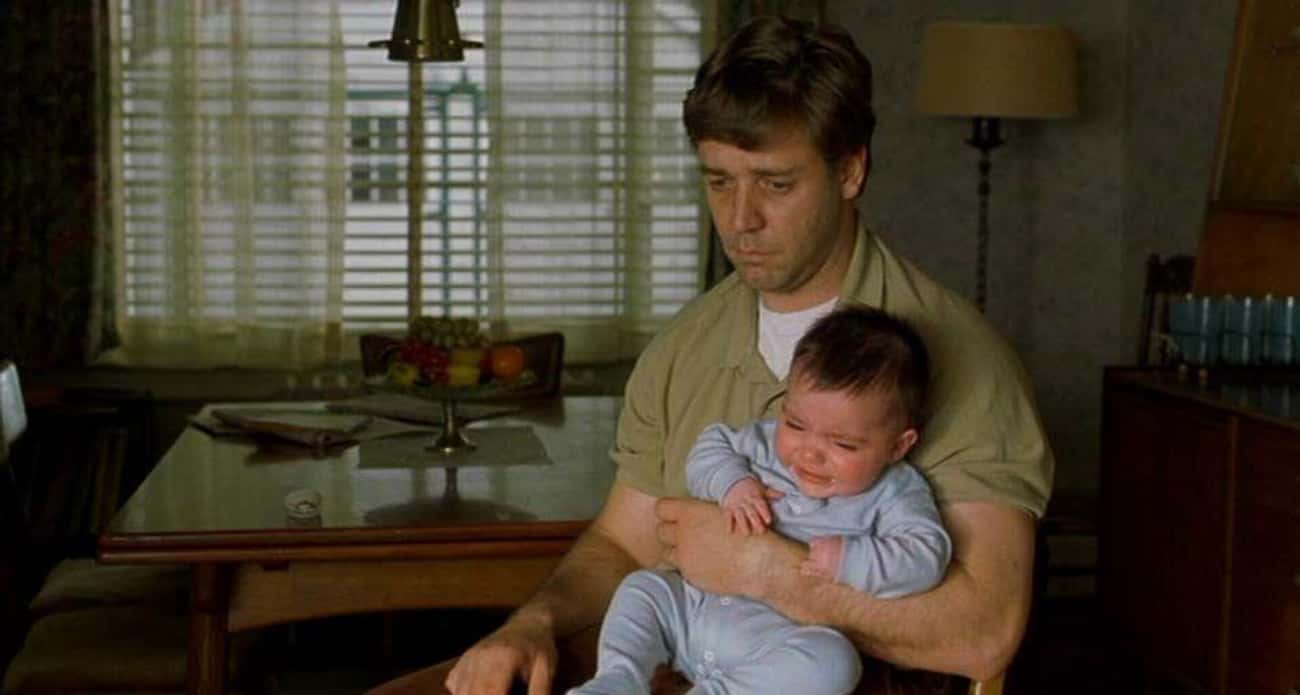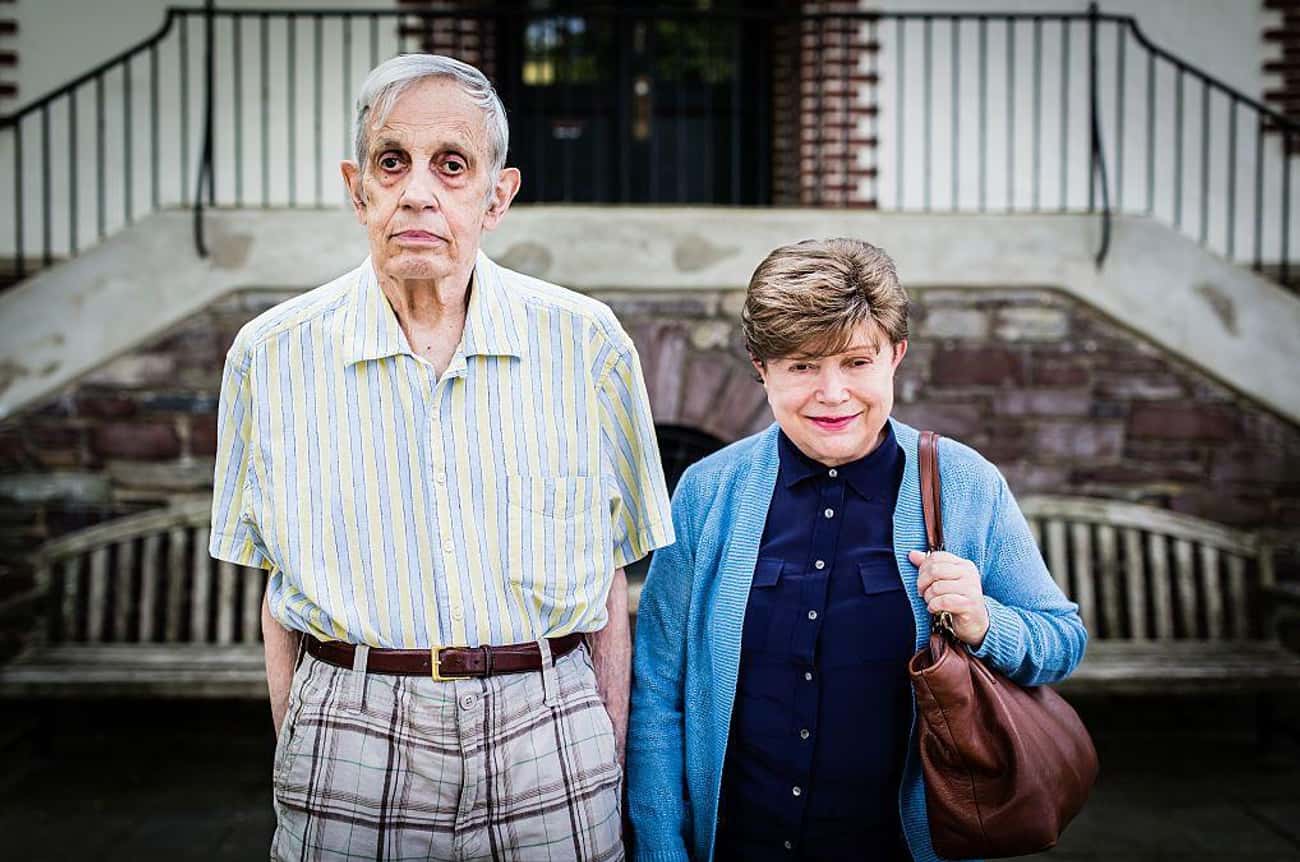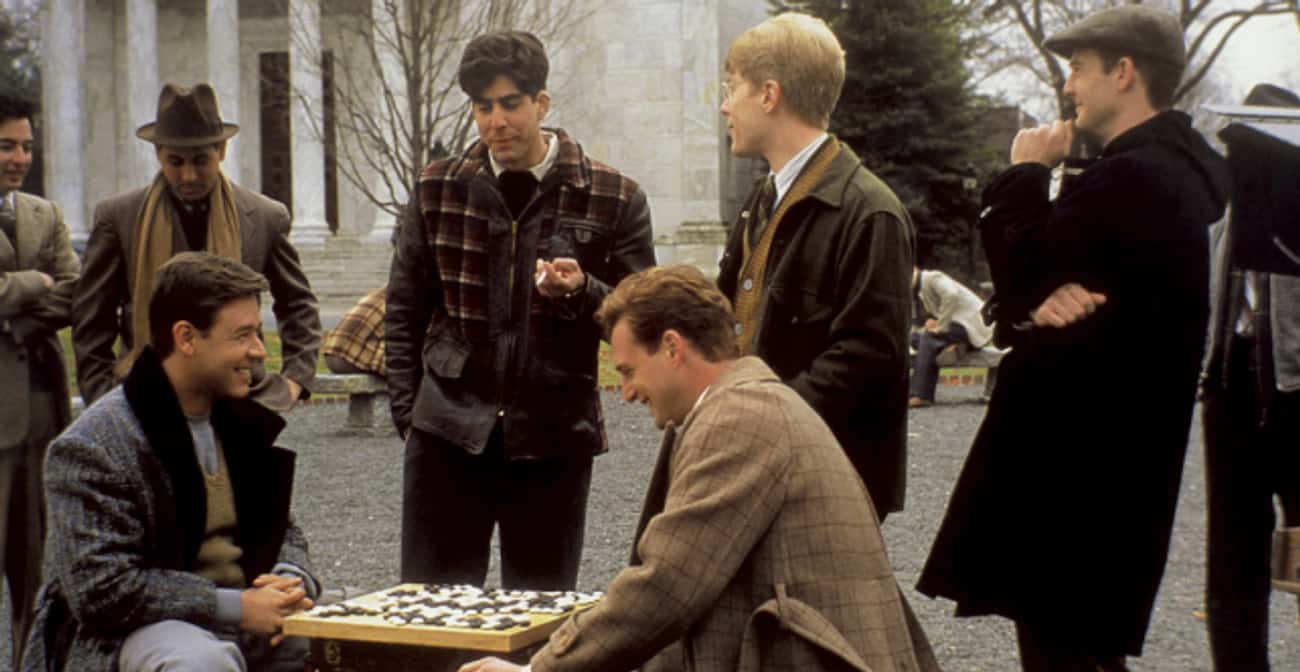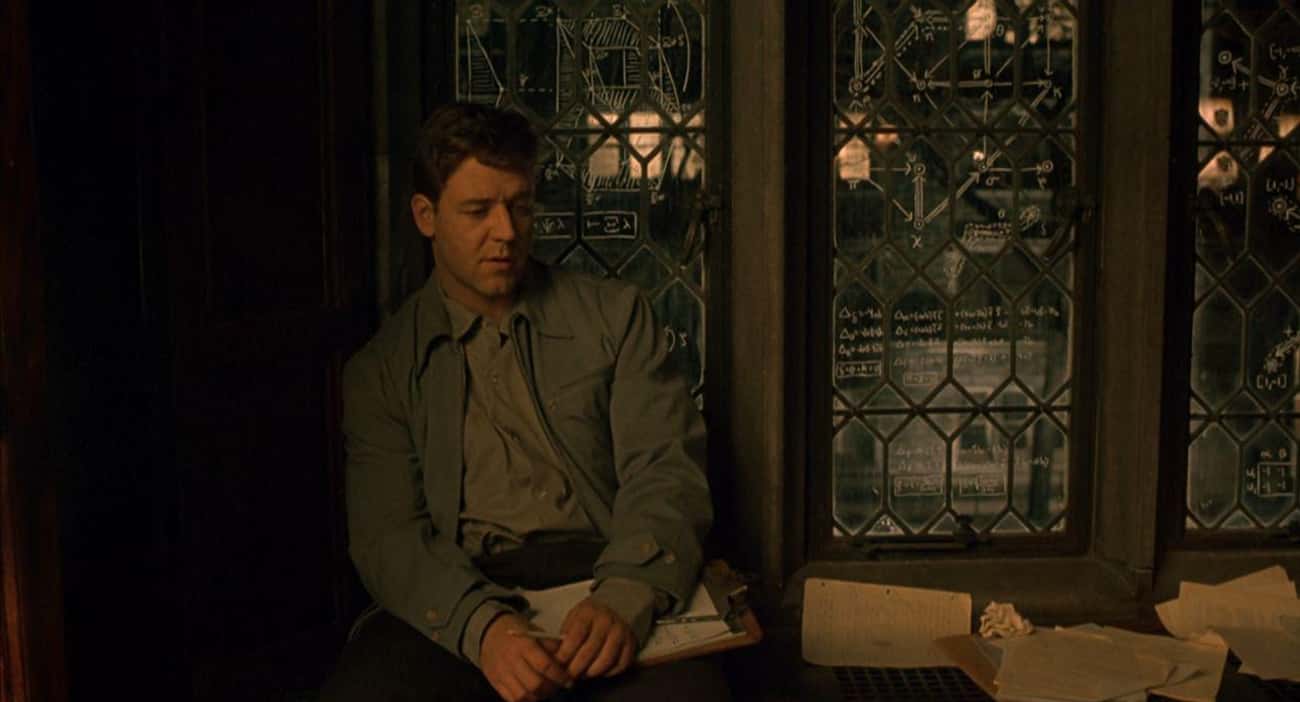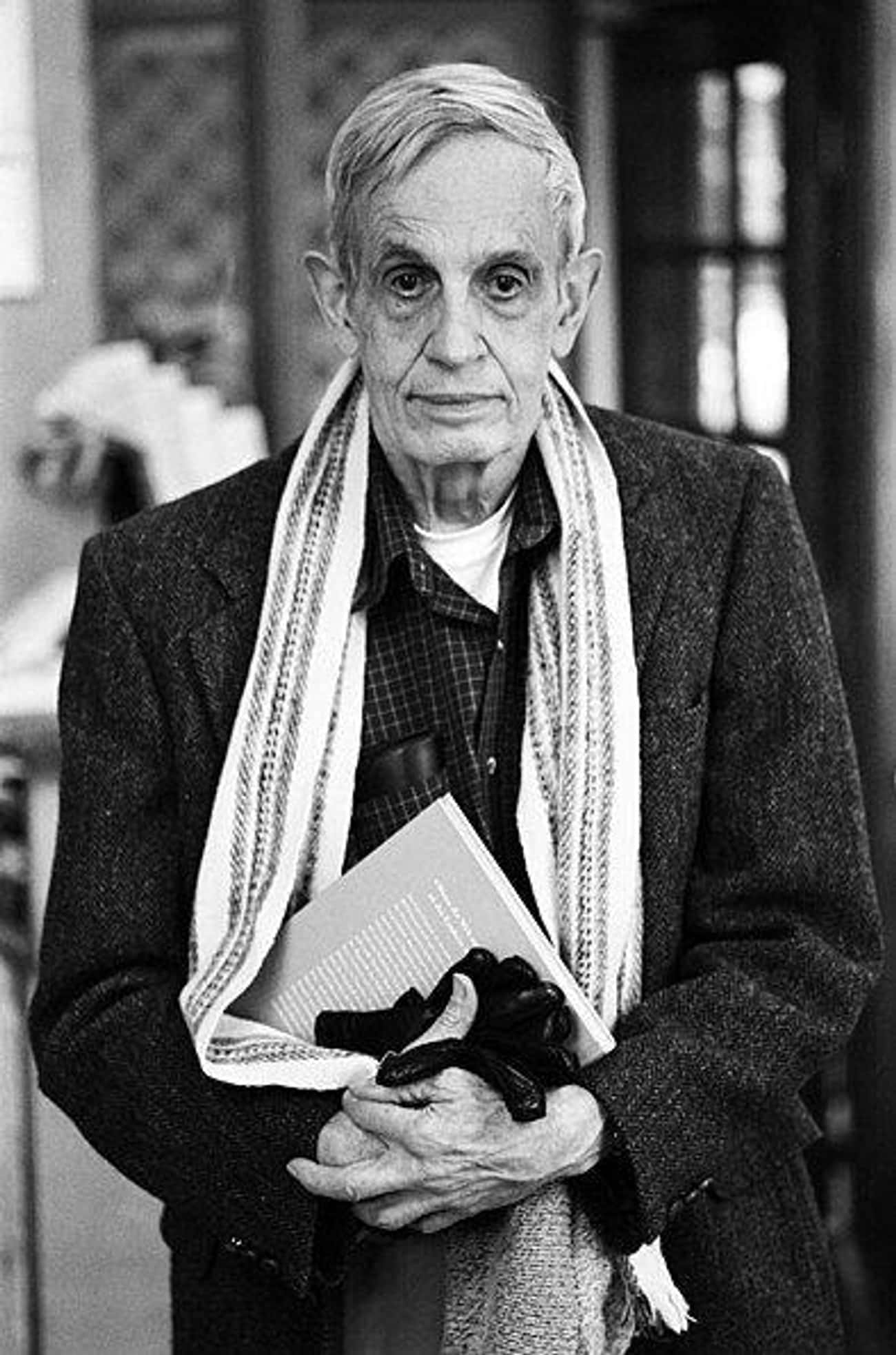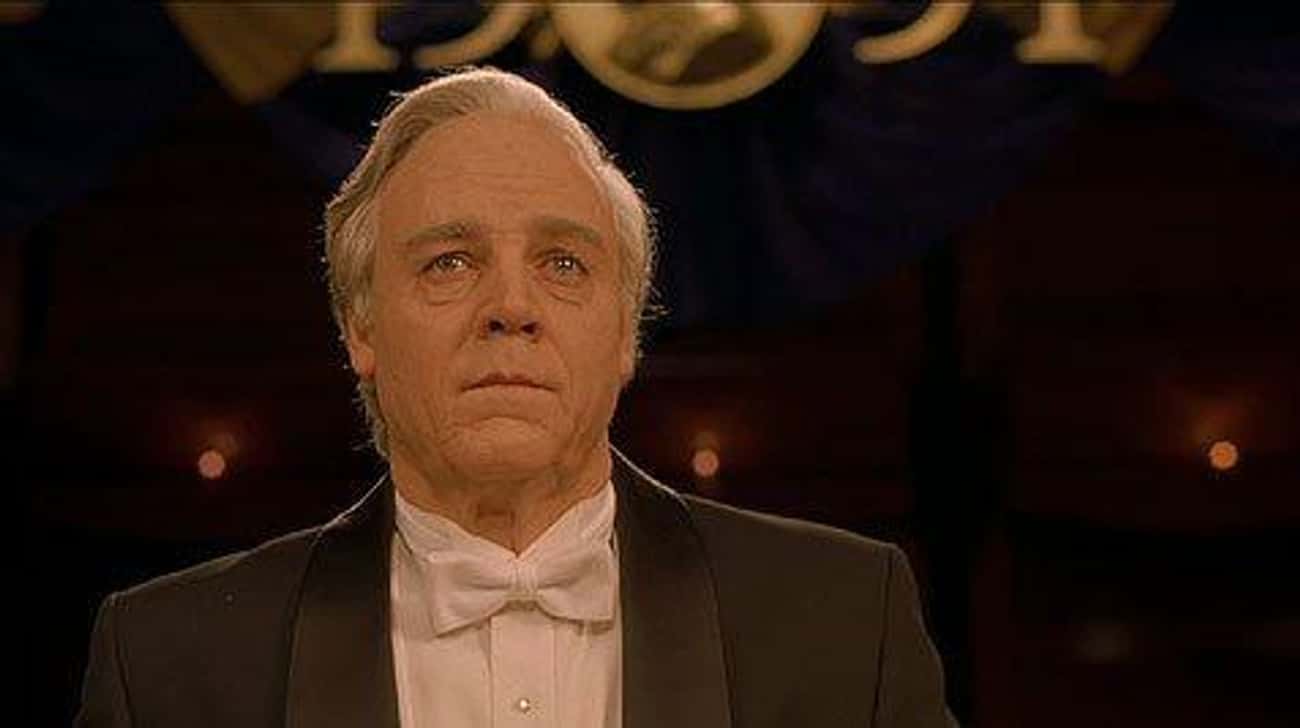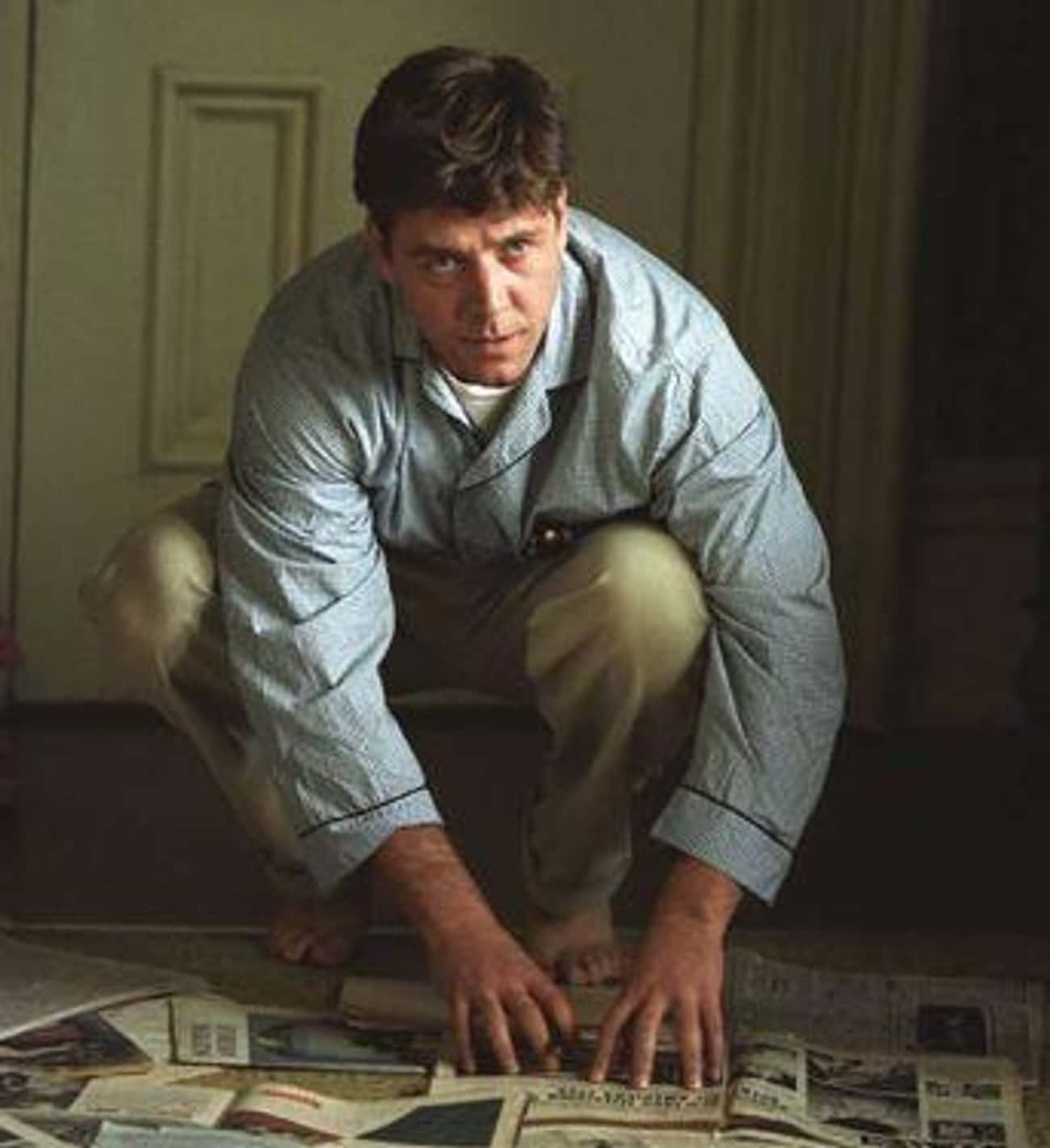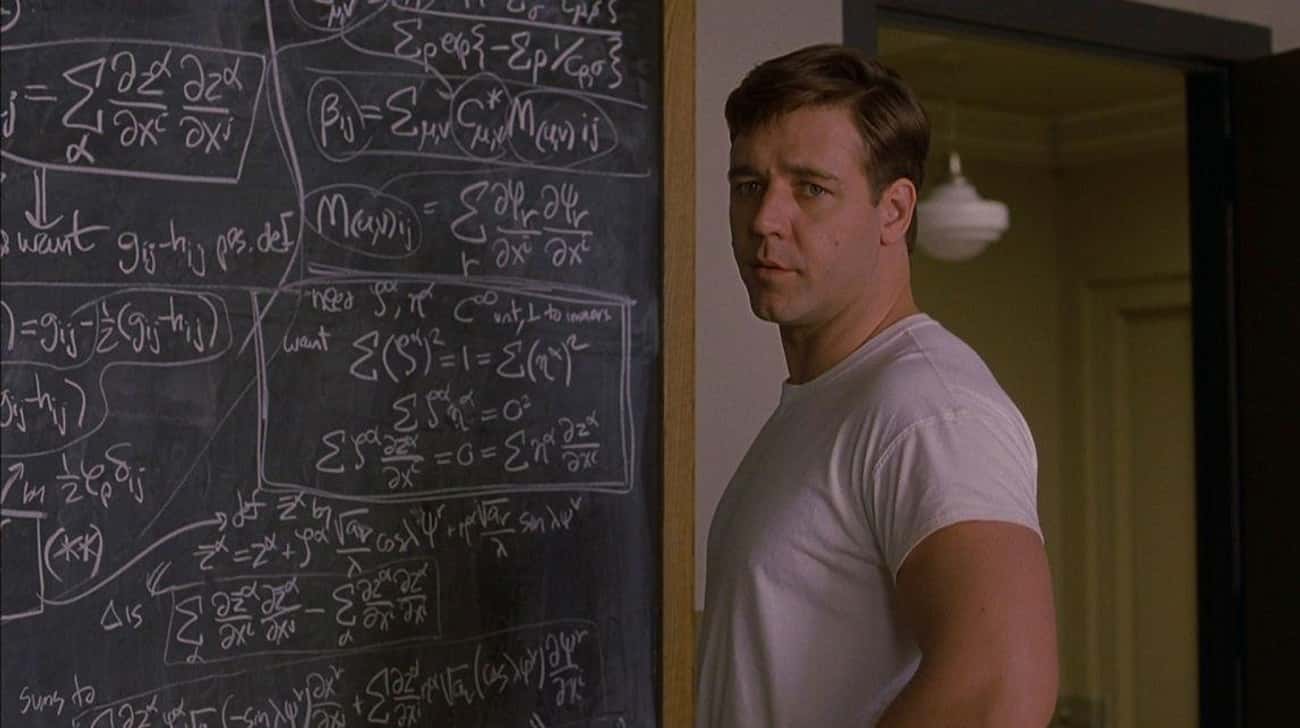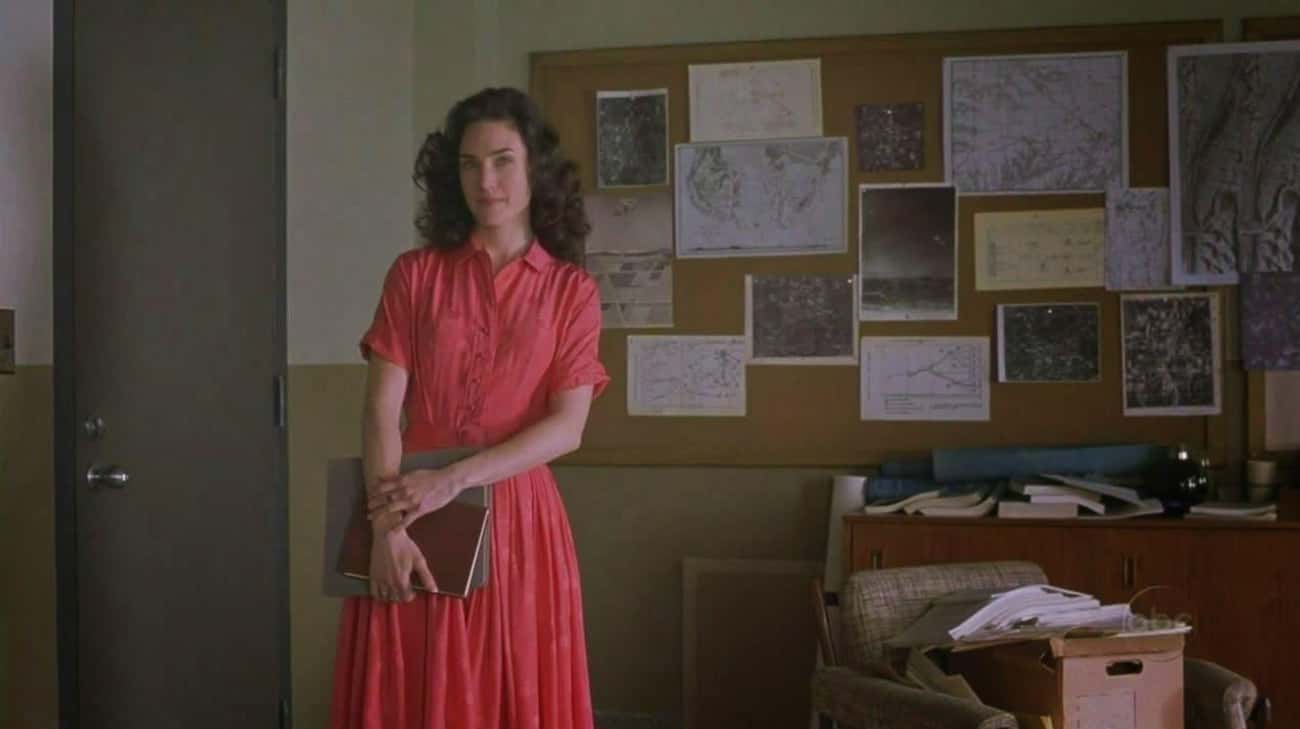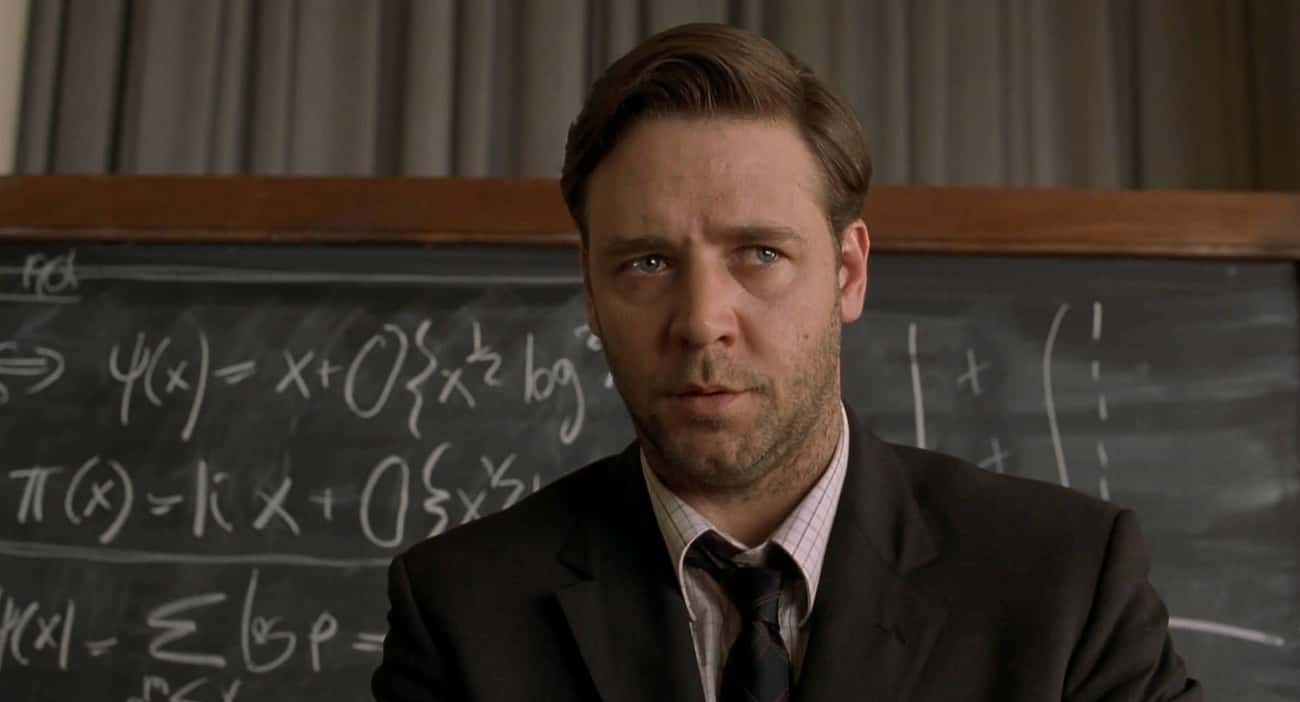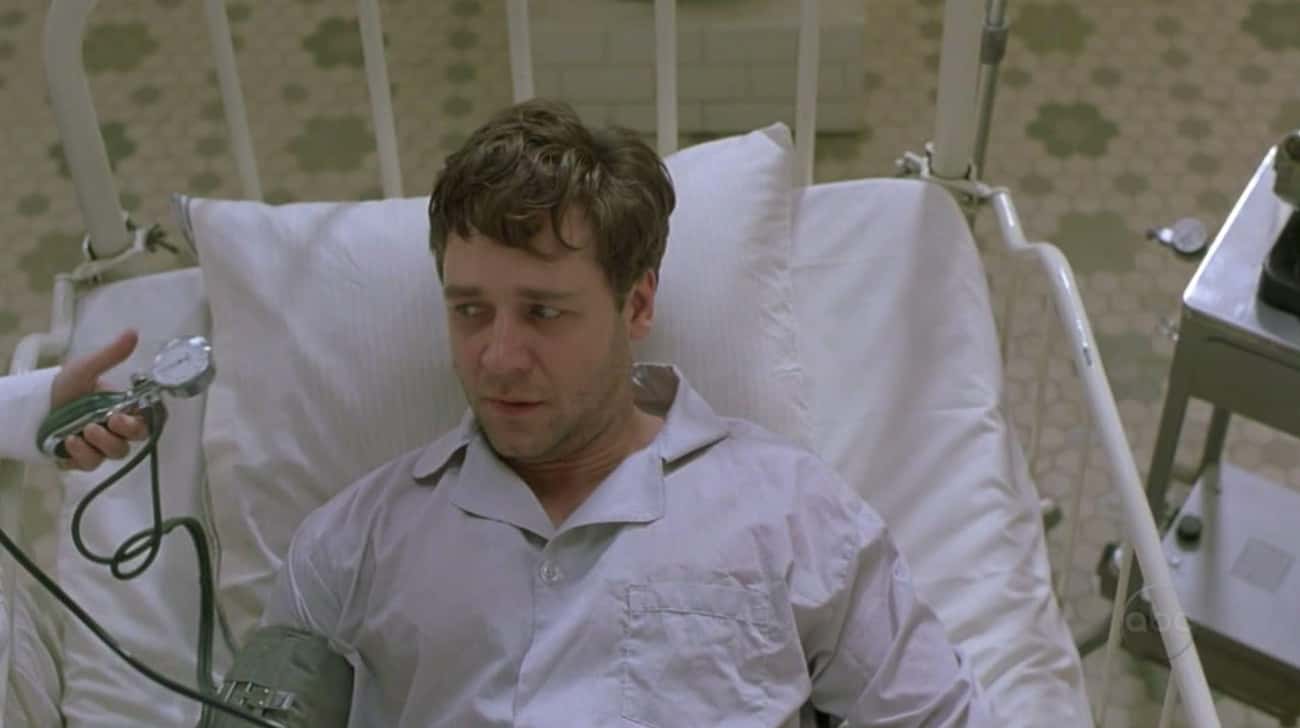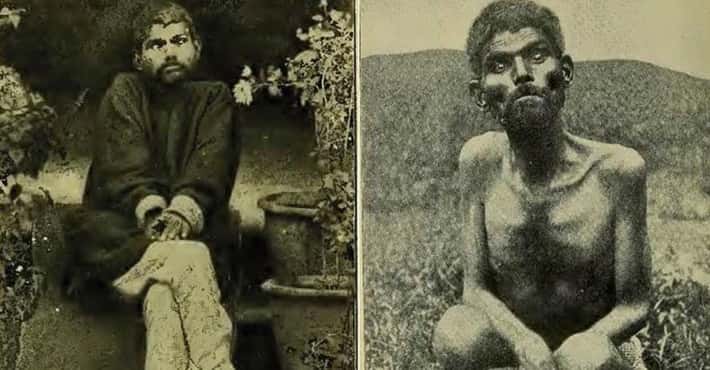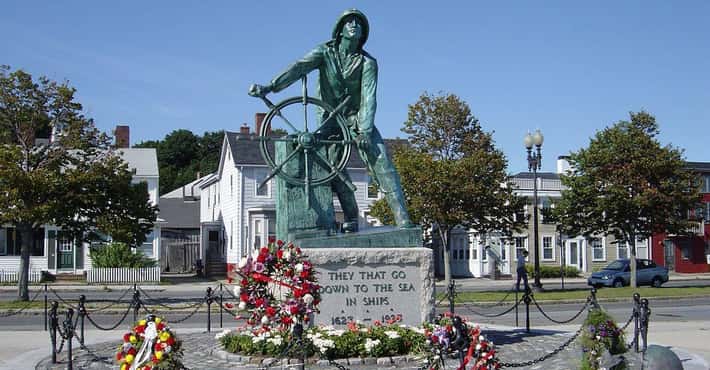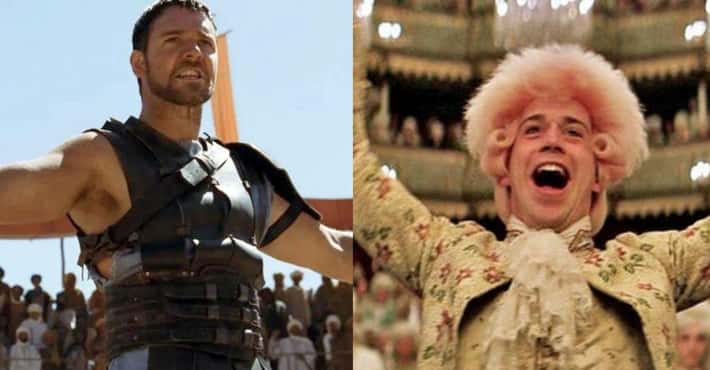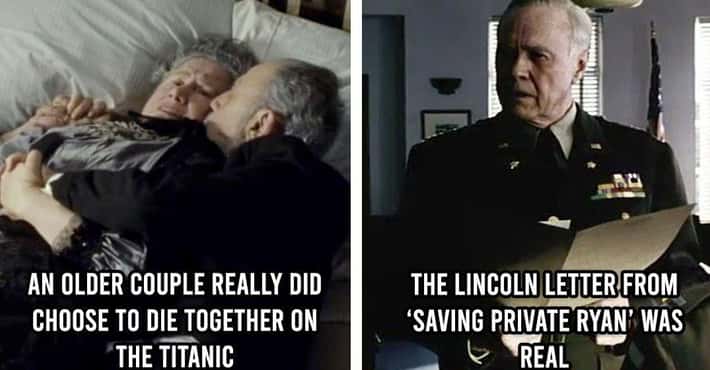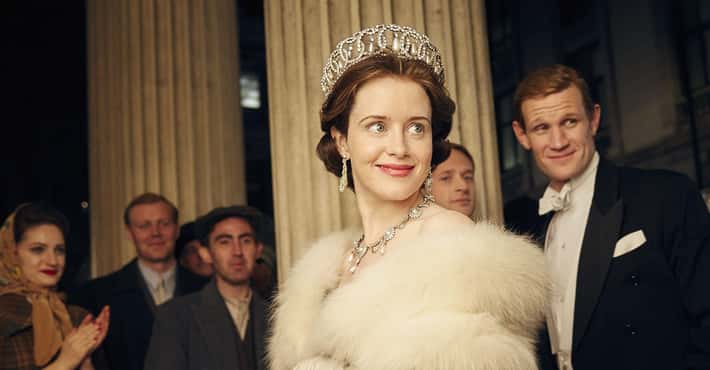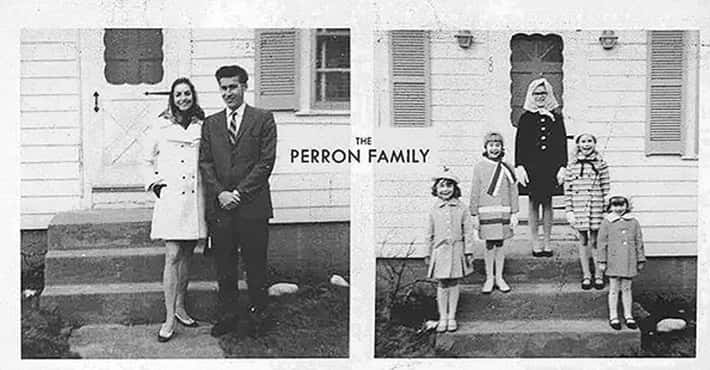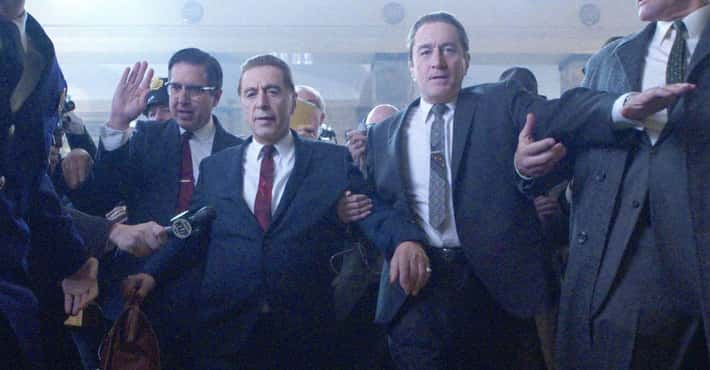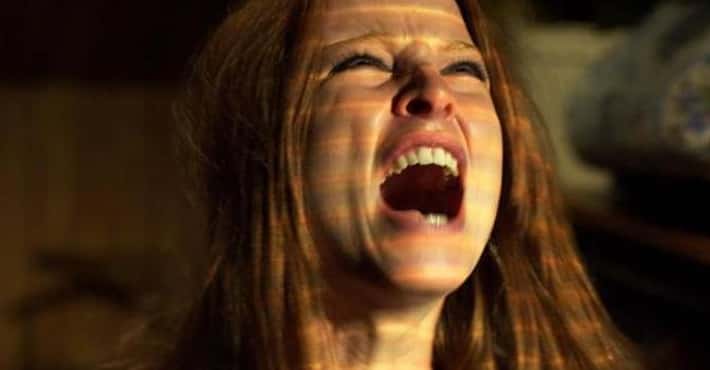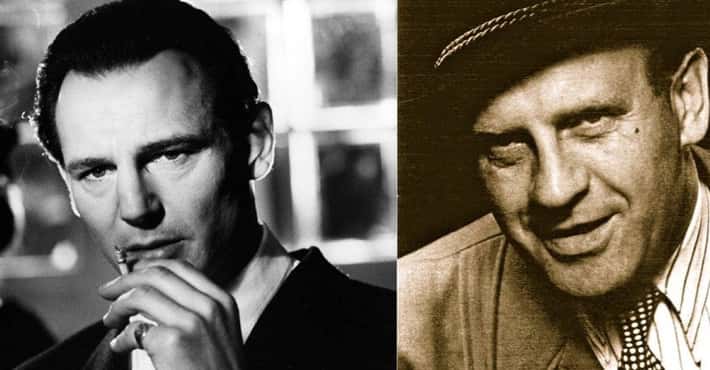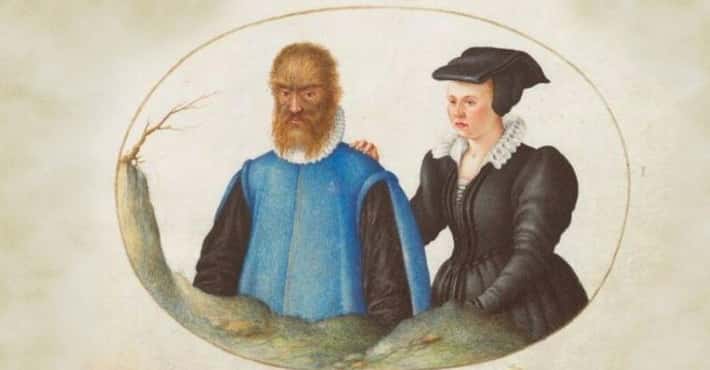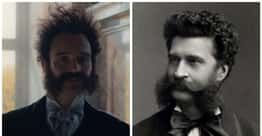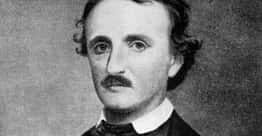'A Beautiful Mind' Left Out A Lot About The Life And Relationships Of John Nash
- Photo: Universal Pictures
He Had An Illegitimate Child He Refused To Accept At First
In the 1950s, before meeting and marrying his wife Alicia Lardé, Nash had a relationship with Boston nurse Eleanor Stier, who gave birth to their child, John David Stier. But Nash refused to accept his illegitimate son, and because the couple was unmarried, he didn't have to pay child support.
Stier struggled as a single mom and had to place the child into foster care occasionally. To obtain some financial obligation from Nash, Stier tried to take him to court.
When young John was in high school, he and Nash reconnected via letters and eventually began meeting in person. After a few stops and starts, they developed a relationship and became closer.
Around the time the film debuted, 60 Minutes reported about how the father and son had a close relationship, and young John received royalties from the film. The filmmakers supposedly kept this information out of the movie to make Nash's character more wholesome.
- Photo: The Color Crew/Contributor / Archive Photos/Getty Images
He And Alicia Lardé Divorced And Remained Separated For Many Years
The film version of A Beautiful Mind closely follows the book's facts regarding Nash's marriage to Alicia Lardé, his student at MIT and a member of the class of 1955. Nash felt attracted to Lardé's ambition and beauty, while Lardé admired her professor's status and complexity. The two married in early 1957.
The movie left out Nash and Lardé's divorce in 1963. Unlike in the movie, Lardé wasn't so willing to stand by her man after he refused to take his medication, entered mental hospitals several times, and grew increasingly delusional. Though they divorced, Lardé remained in contact with Nash and allowed him to live with her in 1970. In 2001 they remarried. The couple died in a car crash in 2015.
- Photo: Universal Pictures
He Never Hallucinated About Roommates And Secret Agents
To show Nash's descent into a delusional state, the filmmakers created three imaginary characters with whom he interacts. In reality, Nash never had hallucinations about people, though he did hear occasional voices and other imaginary noises. People who have schizophrenia rarely experience visual hallucinations - and if they do, they might see a distorted shape or color, not people and car chases.
During his more severe bouts of illness, Nash did suffer from paranoid delusions of world conspiracies, and he played around with numerology. Unlike in the movie, however, he didn't work for the Pentagon, but instead for the Rand Corporation, which completed contracts for the US military.
As far as conspiracies go, Nash developed a form of encryption and sent it to the predecessor of the National Security Agency. Though the NSA disregarded his ideas at the time, the agency later adopted them.
- Photo: Universal Pictures
He Allegedly Had Special Relationships With Several Men
Though Nash claimed he wasn't homosexual, he did have several encounters with men - a fact purposely left out of A Beautiful Mind. Nash biographer Sylvia Nasar described these relationships as intensely emotional, but said she believed Nash and the men never engaged in sex.
According to one account, Nash allegedly climbed into the beds of fellow students and ended up being bullied because of it, prompting him to complete other people's homework so they'd stop teasing him. Other claims about Nash's relationships with men include sharing a kiss on the mouth with his friend Donald Newman and supposedly having a special relationship with fellow mathematician John Milnor.
- Photo: Universal Pictures
Police Once Arrested Him For Indecent Exposure
The film failed to mention Nash's arrest and charge for indecent exposure. In 1954, Nash became caught in a police sting operation to trap homosexual men at a bathroom in Santa Monica, CA. His employer at the time, Rand Corporation, promptly fired him, though Nash claimed he was there "observing behavioral characteristics." Eventually, the charges against him dropped.
- Photo: Peter Badge/Typos1 / Wikimedia Commons / CC BY-SA 3.0
He Attended A Party Wearing A Diaper
A Beautiful Mind director Ron Howard chose to depict Nash's emerging schizophrenia as a series of side stories the audience doesn't initially realize are hallucinations. In the film, Nash's colleagues acknowledge his illness when he breaks down about seeing Russian agents at a lecture. This lecture at Columbia University occurred in real life, but merely alerted Nash's colleagues to his mental state, as his talk made no sense.
In reality, Nash's colleagues first noticed his schizophrenia when he came to a New Year's Eve party wearing a diaper and a sash like the holiday's symbolic baby, then spent the evening on his wife's lap.
Alicia Lardé committed her husband to a mental hospital in 1959. After Nash received a diagnosis of paranoid schizophrenia, he underwent shock treatment and medication, as seen in the film.
- Video: YouTube

His Son Also Developed Schizophrenia
In the film, the character of Nash's son John Charles Nash appears as a baby and young boy. What moviegoers don't learn, however, is young John, like his dad, became diagnosed with schizophrenia. A Beautiful Mind author Sylvia Nasar told the Washington Post about how Nash and his wife Alicia spent a great deal of time caring for their son, who was smart like his father, but dependent on his parents to take care of him:
Johnny was very, very bright, but at 15, he was diagnosed with schizophrenia. He never graduated from high school, never graduated from college, but he was talented mathematically, not a genius like his father, but very, very good. He managed to get a PhD, and this was 10 years into his illness, but he was never able to work, and he really never has responded to any of the available drugs.
- Photo: Universal Pictures
He Won A Nobel Prize, But Never Gave An Acceptance Speech About Love
The theory developed by Nash when he was a Princeton student became known as the Nash equilibrium. His reasoning about all parts needing to work toward a goal outside of their own interest eventually became a major part of current economic theory. He received the Nobel Prize for economics in 1994, splitting it with two other recipients.
According to the movie, Nash gave a speech upon receiving the prize, claiming his wife Alicia and the love they shared proved the greatest accomplishments of his life. But Hollywood fabricated this scene; in reality, the Nobel committee members didn't let Nash give the traditional lecture, reportedly because they worried about his mental instability.
Instead, Nash spoke at a small congratulatory party at Princeton and never mentioned love, though he did crack jokes about needing money and hoping the Nobel Prize would help his credit rating.
- Photo: Universal Pictures
After His First Hospital Stay, He Grew Unstable And Escaped To Europe
In the film, Nash makes steady progress after his first stint in a mental hospital. Conversely, in real life, his mental state grew more unstable. Without a word to anyone, he resigned his position at MIT and spontaneously traveled to Europe more than once.
Amid his strange behavior, delusions of grandeur, odd rantings, and refusal to wear shoes, Nash tried to renounce his American citizenship. He sent postcards to friends and family back home filled with cryptic writing. Eventually, Alicia Lardé traveled overseas to find Nash and bring him back.
- Photo: Universal Pictures
His Family Helped Him During His Struggles
According to the film, Nash had no family or close ties, and his recovery greatly depended on his love for Alicia Lardé. In actuality, Nash maintained a relationship with his mother and sister - both ended up helping him through his struggles with mental illness. Nash also lived with his mother briefly in 1978 after his divorce from Lardé, and Nash's sister placed him in an institution a second time. His friends and colleagues supported him mentally and financially as well.
- Photo: Universal Pictures
The 'New York Post' Published An Anti-Semitic Letter By Nash
After A Beautiful Mind opened in theaters in 2001 and the Academy announced the film's many Oscar nominations, allegations came to light about Nash's anti-Semitic views. The New York Post published a letter written by Nash in 1967 wherein he attacked Jewish people.
Nash claimed he wrote the letter while in a delusional state caused by his schizophrenia, and both director Ron Howard and star Russell Crowe believed the allegations tried to discredit the film.
Nash biographer Sylvia Nasar responded to the Post's article by writing an article for the Los Angeles Times, saying Nash had the respect of several Jewish friends. She also pointed out his other paranoid delusions, such as claims he lived in a refugee camp and was the emperor of Antarctica.
- Photo: Twixter/David J. Bush / Wikimedia Commons / CC BY-SA 3.0
He Invented A Board Game That Inspired A Version By Parker Brothers
Nash's love of math led to his interest in games, shown in the movie as his playing a game of Go with fellow Princeton student and rival Martin Hansen. In real life, Nash invented a game while studying at the university. He created a cardboard game board featuring a rhombus filled in with hexagons and used game pieces from Go.
In the game, eventually called Nash, two people strategically place their stones on the board to connect rows of their own stones. The game of Nash became popular at Princeton, and after a Danish designer invented the same thing, Parker Brothers turned it into the Hex board game in the 1950s.
- Photo: Universal Pictures
His Wheeler Lab At MIT Didn't Exist In Real Life
In the movie, Nash earns a distinguished position at Wheeler Laboratory at MIT. No such laboratory existed in reality, however. And though some scenes in the film take place at MIT, the actual school never appears. Manhattan College and Bronx Community College filled in because they cost less for filming.
For the Wheeler Lab scenes, the crew used an abandoned part of the Garden State Cancer Center in New Jersey. Ron Howard and others did tour the MIT campus, however, and created certain areas of the set based on the real version. They shot the Princeton scenes on location at the New Jersey school.
- Photo: Universal Pictures
He Had A Secret Relationship With A Woman He Considered Inferior
In 1952, Nash and nurse Eleanor Stier started a secret relationship. Nash's attitude towards Stier eventually grew cold and indifferent. According to some accounts, Nash mistreated Stier and looked down on her social status and intelligence. Stier once said, "He was always putting me down. He was always making me feel inferior."
When she became pregnant in 1953, Nash refused to marry her and left the relationship. The fact the movie failed to touch on this relationship angered viewers who knew the whole story because they felt the filmmakers purposely omitted this information to maintain Nash as a "beloved genius."
- Photo: Universal Pictures
Using Willpower Alone To Overcome Schizophrenia Is Virtually Impossible
Some medical professionals worried viewers with mental illness would watch A Beautiful Mind, then attempt to follow Nash's path to recovery by not taking their antipsychotic drugs, instead relying on willpower to overcome symptoms. In reality, recovery from schizophrenia requires medication and other treatments, such as therapy.
Because sufferers do not realize their mental state is off, it's extremely rare for them to will themselves out of delusion. Dr. Ken Davis, serving as the psychiatry chairman at New York's Mount Sinai School of Medicine, speaking to ABC News, called the idea "ludicrous."
Other medical professionals, however, praised Russell Crowe's performance as an accurate portrayal of schizophrenia. They responded positively to the film showing how people loved and supported Nash, which is critically important for those with mental illness.


